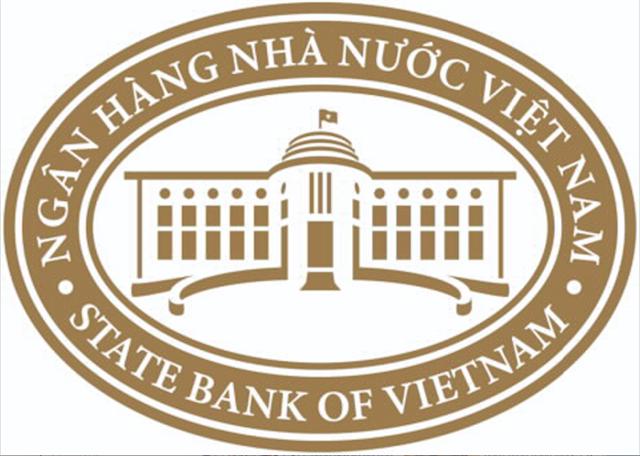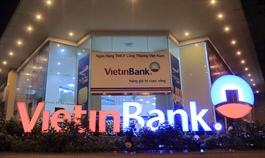Legal framework needed for peer-to-peer lending
Legal framework needed for peer-to-peer lending
P2P is still outlawed in Vietnam and poses high risks for customers, including personal data leakage, cyberattack, or involves them in offenses such as money laundering and tax evasion.
The peer to peer lending (P2P), despite its good nature in helping connect lenders and borrowers directly with each other, has become a usury practice. A legal framework, thus, is essential to regulate this platform and avoid its collapse, similar to what happened in China.

A legal framework is required to prevent the collapse of P2P model in Vietnam. Photo: Cong Hung.
|
The Ministry of Planning and Investment (MPI) warned Chinese P2P companies are moving operation to Vietnam after its government tighten the credit environment. But as their servers remain in China, these P2P activities are difficult to control, stated the MPI.
Since its first presence in Vietnam in 2016, P2P lending has become generalized in the country with 100 apps operated by nearly 14,000 organizations and individuals providing loans for 1.5 million customers.
A report from the Ministry of Public Security added many P2P firms, including Chinese ones, are offering interest rates of up to 700% per annum that is far exceeding the ceiling rate of 20% stipulated in the Civil Code.
High risks
Under current laws, only credit institutions have the right to mobilize and lend capital. This means that P2P is still outlawed and poses high risks for customers, including private data leakage, cyberattack, or involves them in offenses such as money laundering and tax evasion.
The State Bank of Vietnam (SBV), is in the process of drafting a new decree on fintech regulatory sandbox, including P2P, which is set to submit to the prime minister for implementation in 2021.
Experts are looking for specific regulations that could address the issue of companies established to provide financial consulting services, but in fact are P2P lenders.
Moreover, there should be more clarity about the profit and risks for concerning parties in this lending model. In other countries, P2P platform providers are seen as intermediary payment services providers, which are obliged to ensure rights of investors, as well as requirements in terms of liquidity, equity and risk management.
Banking expert Nguyen Tri Hieu said P2P lending should be considered as a conditional business line that requires licence for operation.
“Those provide the platform should be subject to inspections from competent authorities similar to credit institutions,” Mr. Hieu said, adding illegal P2P activities must face strict punishment.
Economist Can Van Luc urged people to refrain from resorting to in P2P lending for obtaining credit until a legal framework for this activity is available.
“Otherwise, they should understand thoroughly all terms required for lending from providers, including interest rate, duration of loan, penalties for overdue payment, among others, to reduce their own risks,” he noted.
























